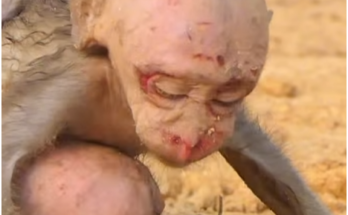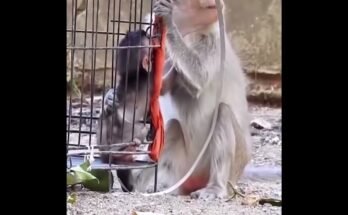IntroductionAn infected pilonidal cyst can cause significant pain and discomfort if not treated properly. These cysts typically form at the base of the spine and can fill with pus, leading to swelling, redness, and even fever. Proper drainage is essential to relieve symptoms and prevent further infection. This guide provides a comprehensive step-by-step approach to draining an infected pilonidal cyst effectively.
Step 1: Gather Necessary Supplies Before beginning the drainage process, it is crucial to have all the
required materials. These include:
Sterile gloves
Antiseptic wipes
A sterile scalpel or needle (if performed by a healthcare professional)
Gauze pads
Antibiotic ointment
Medical tape or bandages
Warm compress
Clean towels
Step 2: Apply a Warm CompressA warm compress helps to soften the cyst and bring pus closer to the
surface, making drainage easier. To do this:
Soak a clean towel in warm water.
Apply it to the cyst for about 15-20 minutes.
Repeat this process several times a day until the cyst is ready for drainage.
Step 3: Ensure Proper
HygieneBefore attempting any drainage, wash your hands thoroughly with antibacterial soap and wear sterile gloves. Clean the area around the cyst with antiseptic wipes to reduce the risk of infection.
Step 4: Drain the Cyst (If Advised by a Doctor)
If the cyst has come to a head, it may be ready to drain naturally or with minimal intervention. However, for deeper or larger cysts, professional medical assistance is recommended. If attempting self-care:
Use a sterile scalpel or needle (only if trained or instructed by a doctor).
Gently pierce the cyst at its most swollen area.
Allow the pus to drain completely.
Use gauze to absorb any excess fluid.
Step 5: Clean the Drained AreaOnce the cyst has drained:
Clean the area with antiseptic wipes.
Apply antibiotic ointment to prevent infection.
Cover with a sterile gauze pad and secure with medical tape.
Step 6: Monitor for Signs of Infection
After drainage, observe the area for any signs of infection, such as increased redness, swelling, pain, or pus reaccumulation. If symptoms persist, seek medical attention promptly.
Step 7: Prevent Recurrence
To minimize the chances of another pilonidal cyst forming:
Maintain good hygiene.
Keep the area dry and free from excessive sweating.
Avoid prolonged sitting.
Shave or use hair removal methods to reduce irritation in the affected area.
When to Seek Professional
HelpWhile at-home drainage can provide temporary relief, some situations require medical intervention. Consult a healthcare provider if:
The cyst is extremely painful or large.
There are signs of spreading infection (e.g., fever, increased redness, warmth).
Drainage does not relieve symptoms.
The cyst recurs frequently.
Conclusion
Draining an infected pilonidal cyst can provide relief from discomfort, but it must be done safely and hygienically to prevent complications. Following these step-by-step techniques can help manage the condition effectively while reducing the risk of recurrence. However, for severe cases, professional medical care remains the best option for long-term relief and proper management.



